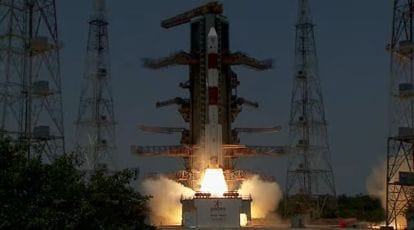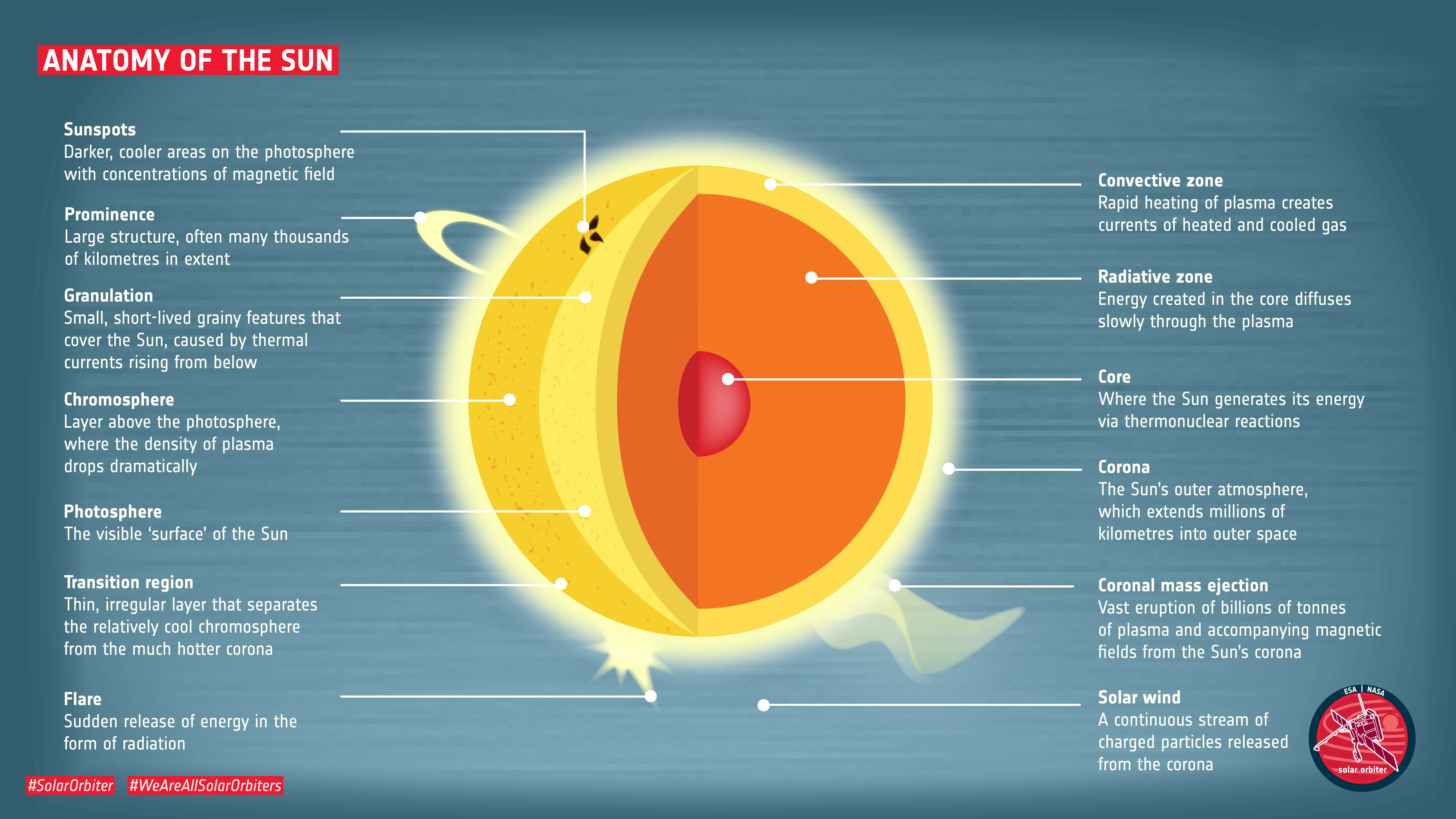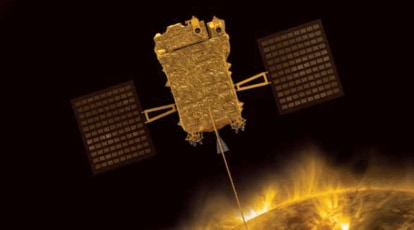India makes history in the global platform again after Chandrayan-3. The Indian Space Research Organisation (ISRO) successfully launched Aditya L-1, India’s first-ever solar space observatory, from Sriharikota at 11: 50 a.m. on 2nd September, Saturday. It was fired using the ISRO’s infallible launch vehicle Polar Satellite Launch Vehicle (PSLV).

source: The Indian Express
It is PSLV’s 59th flight and 25th mission with an XL configuration. After traveling for four months the spacecraft will be maneuvered to Lagrange point 1 or L1. It is a vantage point, where any satellite that is placed in a halo orbit around L1 has the major advantage of continuously viewing the Sun without any disturbance of eclipses. This makes it the ideal space for observing solar activities and their effect on space weather in real time.

Source: drishtiias
The mission’s chief science objectives are:
- Study of Solar upper atmospheric (chromosphere and corona) dynamics
- Study of chromospheric and coronal heating, physics of the partially ionised plasma, initiation of the coronal mass ejections, and flares
- Observe the in-situ particle and plasma environment, providing data for the study of particle dynamics from the Sun.
- Physics of the solar corona and its heating mechanism
- Diagnostics of the coronal and coronal loop plasma: Temperature, velocity and density.
- Development, dynamics, and origin of CMEs
- Identify the sequence of processes that occur at multiple layers (chromosphere, base, and extended corona) that eventually leads to solar eruptive events.
- Magnetic field topology and magnetic field measurements in the solar corona .
- Drivers for space weather (origin, composition and dynamics of solar wind
PSLV-C57/Aditya-L1 Mission:
The launch of Aditya-L1 by PSLV-C57 is accomplished successfully.
The vehicle has placed the satellite precisely into its intended orbit.
India’s first solar observatory has begun its journey to the destination of Sun-Earth L1 point.
— ISRO (@isro) September 2, 2023
Aditya-L1 will stay approximately 1.5 million km away from the Earth, facing the sun which is about 1% of the distance between the Earth and the sun.

source: The Indian Express
The Aditya-L1 mission carries seven scientific payloads to carry out the study. They include:
- VELC
- Solar Ultraviolet Imaging Telescope (SUIT)
- Solar Low Energy X-ray Spectrometer (SoLEXS)
- Aditya Solar wind Particle Experiment (ASPEX)
- High Energy L1 Orbiting X-ray Spectrometer (HEL1OS)
- Plasma Analyser Package for Aditya (PAPA)
- Advanced Triaxial High Resolution Digital Magnetometers.
Aditya-L1 started generating the power.
The solar panels are deployed.The first EarthBound firing to raise the orbit is scheduled for September 3, 2023, around 11:45 Hrs. IST pic.twitter.com/AObqoCUE8I
— ISRO (@isro) September 2, 2023
ALSO READ:
To Infinity And Beyond: Here Are ISRO’s Most Successful Missions



















































































